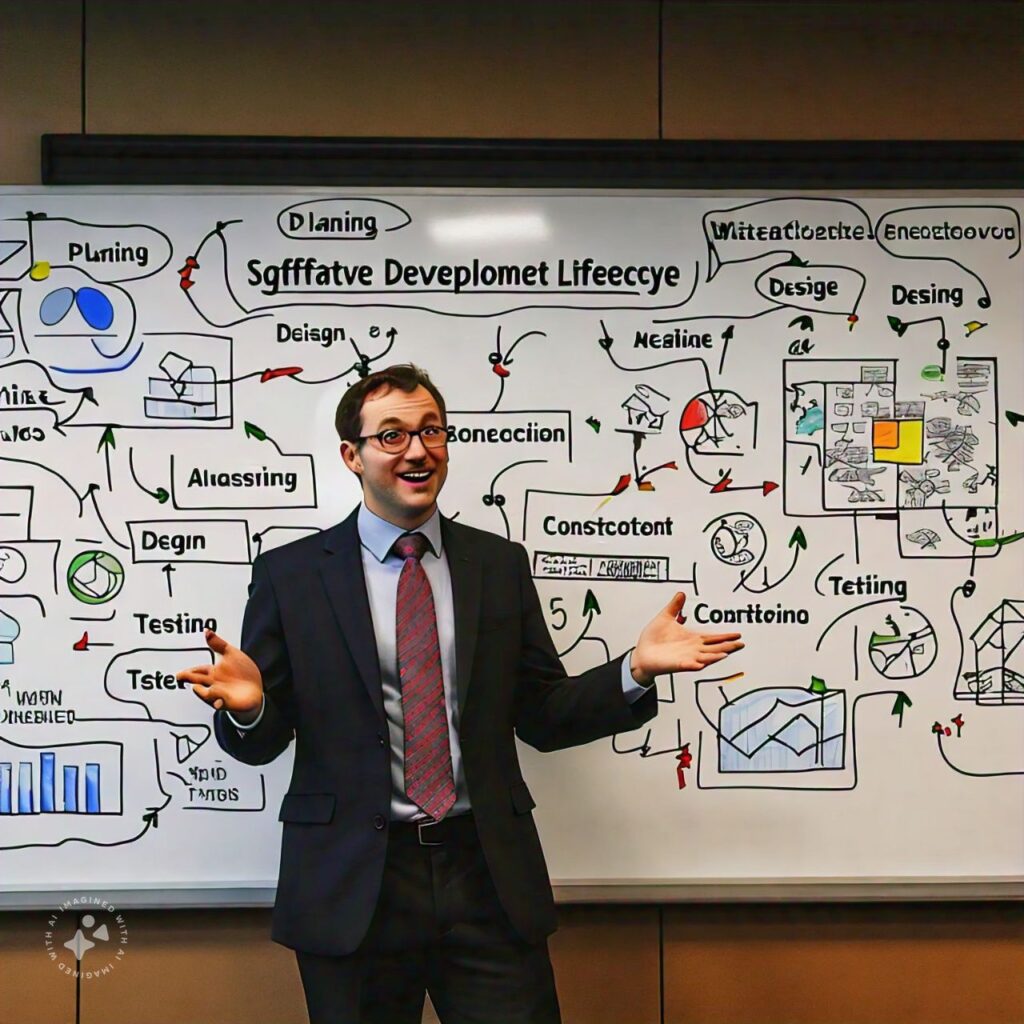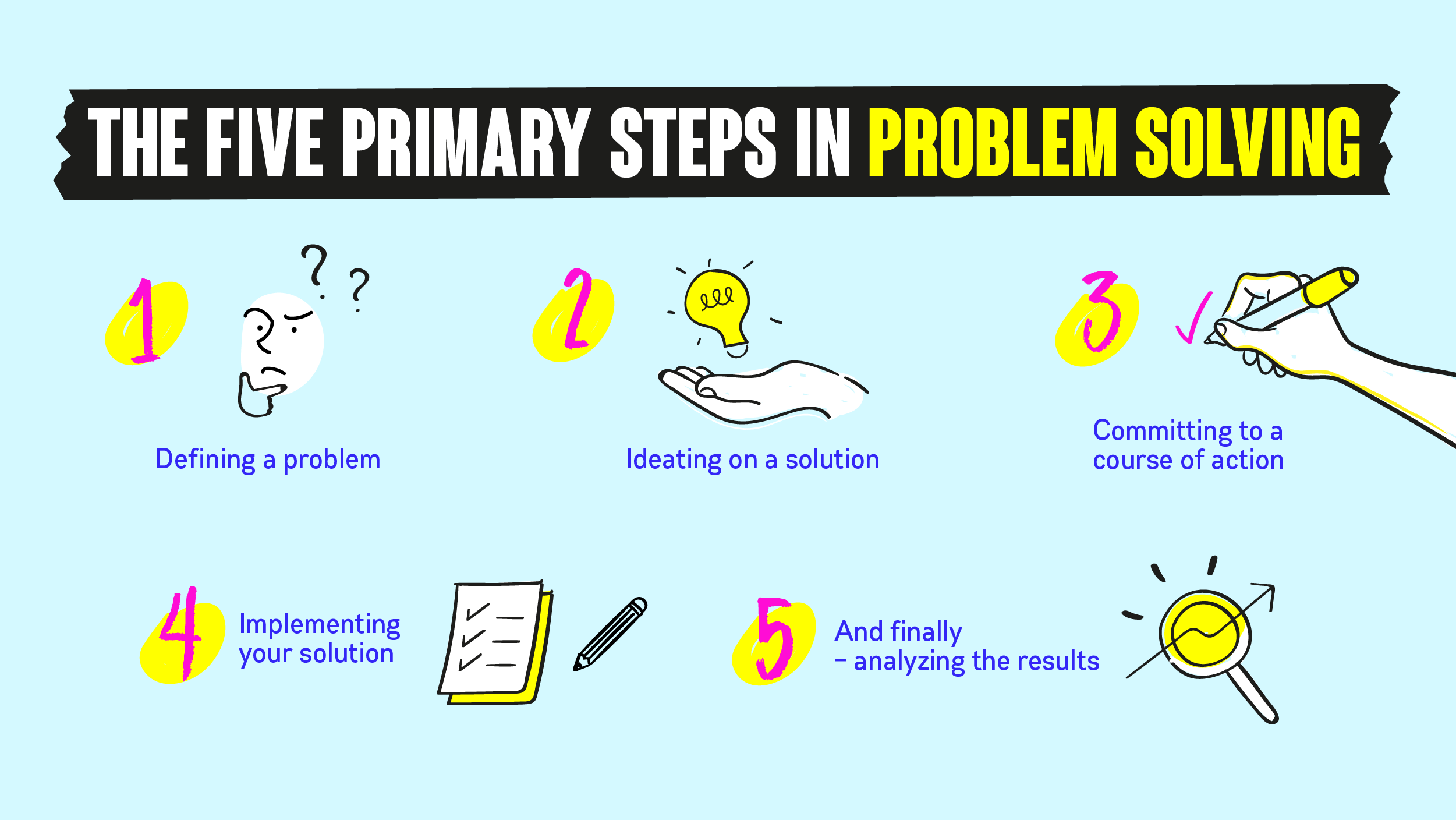Introduction to Software Development Lifecycle
The Software Development Lifecycle (SDLC) is a structured process used in the creation and management of software applications. It encompasses a series of phases that guide developers from the initial idea through to the maintenance of the completed software. Understanding the SDLC is essential for BCA students, as it lays the groundwork for successful software projects, ensuring that the development is organized, efficient, and meets user requirements.
At its core, the SDLC provides a framework that facilitates the planning, execution, and delivery of software. Each phase in the lifecycle serves a unique purpose, contributing to the overarching goal of producing high-quality software. The phases typically include requirements gathering, design, implementation, testing, deployment, and maintenance. By following these phases systematically, developers can minimize errors and streamline the development process.
The significance of the SDLC in software engineering cannot be overstated. It helps teams to manage project timelines, allocate resources effectively, and adapt to changes in requirements or market needs. For BCA students, grasping these principles not only enhances their technical skills but also prepares them for real-world challenges in the software industry. For example, by understanding how thorough requirements analysis can prevent costly revisions later in the development process, students can appreciate the importance of each lifecycle stage.
Moreover, the SDLC aids in risk management, ensuring that potential challenges are identified and addressed in the early stages. This structured approach enhances the likelihood of meeting deadlines and staying within budget, which is critical for any software project. Ultimately, a solid understanding of the SDLC positioned BCA students to embark on their future careers with the knowledge and skills necessary to contribute effectively to software development initiatives. Students equipped with this knowledge can also improve collaboration within development teams, leading to more innovative and successful software solutions.
Phases of the Software Development Lifecycle
The Software Development Lifecycle (SDLC) is a structured process that guides software development from inception to completion. Understanding its phases is essential for BCA students, as it equips them with the knowledge needed to navigate real-world projects efficiently. The SDLC is typically broken down into several distinct stages, including Planning, Analysis, Design, Development, Testing, Deployment, and Maintenance. Each phase serves specific purposes and contributes significantly to the overall development of the software.
In the Planning phase, project goals and requirements are established. This stage is crucial because it sets the direction for the entire project. BCA students learn to gather necessary information and create a roadmap that outlines timelines, resources, and budget estimates.
The Analysis phase follows Planning, where detailed requirements are gathered and analyzed. Students engage in discussions with stakeholders to gain a deep understanding of the needs that the software must address. This phase often results in documentation that serves as a reference for subsequent stages.
During the Design phase, architectural and interface specifications are created based on the requirements gathered earlier. This phase emphasizes creating system architecture diagrams and prototypes to visualize the final product, ensuring both developers and users have a clear understanding of the expected outcome.
The Development Phase
The Development phase involves the actual coding of the software. Students implement the designs using suitable programming languages and tools. This phase often requires collaboration among team members to ensure consistency and quality in the developed software.
After Development, the Testing phase is initiated to identify and fix any defects. Testing is essential for ensuring the software functions correctly and meets the specified requirements. BCA students learn about various testing methods, including unit testing, integration testing, and user acceptance testing.
Once testing is complete, the software is ready for Deployment, where it is made available for users. Finally, the Maintenance phase involves ongoing support and updates to ensure the software remains relevant and functional over time. Understanding these phases of the software development lifecycle offers BCA students a comprehensive overview of how software projects are managed, contributing to their success in the field.

Common Methodologies in Software Development
In the realm of software development, various methodologies guide teams through the Software Development Lifecycle (SDLC) to ensure efficient project management and successful product delivery. Each methodology offers unique approaches, advantages, and challenges, making it essential for BCA students to comprehend their implications in practical scenarios.
The Waterfall model, one of the oldest methodologies, follows a linear sequence of phases: requirement analysis, system design, implementation, testing, deployment, and maintenance. Its structured approach is beneficial for projects with well-defined requirements, providing clarity and predictability. However, alterations during the lifecycle can lead to increased costs and time delays since revisiting earlier phases is often difficult.
On the other hand, Agile methodology promotes flexibility and iterative progress through small, incremental releases. Agile facilitates constant feedback and adaptation, making it suitable for projects where requirements may evolve over time. This approach helps in minimizing risks by allowing teams to regularly reassess their work and prioritize tasks based on stakeholder feedback.
Scrum, an Agile framework, organizes work into time-boxed iterations known as sprints. Scrum emphasizes collaboration, accountability, and continuous improvement through structured ceremonies like daily stand-ups and sprint reviews. This methodology is particularly effective in environments requiring rapid development cycles and evolving requirements, making it a preferred choice for many software teams today.
Finally, DevOps integrates development and operations teams to streamline the software development process. By fostering a culture of collaboration and automation, DevOps enhances the speed of delivery while maintaining quality. It is particularly advantageous for organizations aiming for continuous integration and delivery, thus bridging the gap between development and deployment stages.
Understanding these methodologies equips BCA students with crucial insights into how different strategies can significantly influence the outcomes of software development projects.
Best Practices for Effective Software Development
The software development lifecycle (SDLC) is a structured process that guides teams through the various stages of software creation. To ensure successful outcomes, it is vital for BCA students to adopt best practices that enhance productivity and maintain quality throughout the development process. One crucial aspect is the importance of collaboration. Effective collaboration within a team fosters innovative solutions and a shared understanding of project goals. Students should engage actively with their peers, seeking feedback and promoting open communication. This approach not only enhances team dynamics but also strengthens the final software product.
Another best practice to embrace is comprehensive documentation. Proper documentation throughout the SDLC acts as a valuable resource, detailing requirements, design decisions, and testing protocols. This practice provides clarity for current team members and serves as a reference for future developers who may engage with the software later. For BCA students, mastering documentation skills will streamline the development process and mitigate misunderstandings.
Conclusion
Utilizing version control systems is also essential in the realm of software development. These systems enable teams to manage code changes efficiently while maintaining a history of alterations. By employing tools such as Git, BCA students can collaborate on projects without the fear of losing work or overwriting important changes. It is a fundamental practice that supports the maintenance of code integrity throughout the lifecycle.
Regular reviews and testing during the development process are critical for ensuring that software meets quality standards. By incorporating iterative feedback loops, teams can identify issues early and adjust their approaches accordingly. This consistent evaluation helps instill a culture of continuous learning and adaptation, which is indispensable in the ever-evolving software industry.
Ultimately, applying these best practices will enhance the software development capabilities of BCA students, preparing them for successful careers in this dynamic field.
Read Our Latest Blog
Essential Soft Skills for BCA Students: A Complete Guide
For More Information and Updates, Connect With Us
Name Abhishek
Phone Number: +91-7488456170
Email ID: abhishek@eepl.me
Our Platforms:
Digilearn Cloud
EEPL Test
Live Emancipation
Follow Us on Social Media:
Instagram – EEPL Classroom
Facebook – EEPL Classroom
Stay connected and keep learning with EEPL Classroom!












